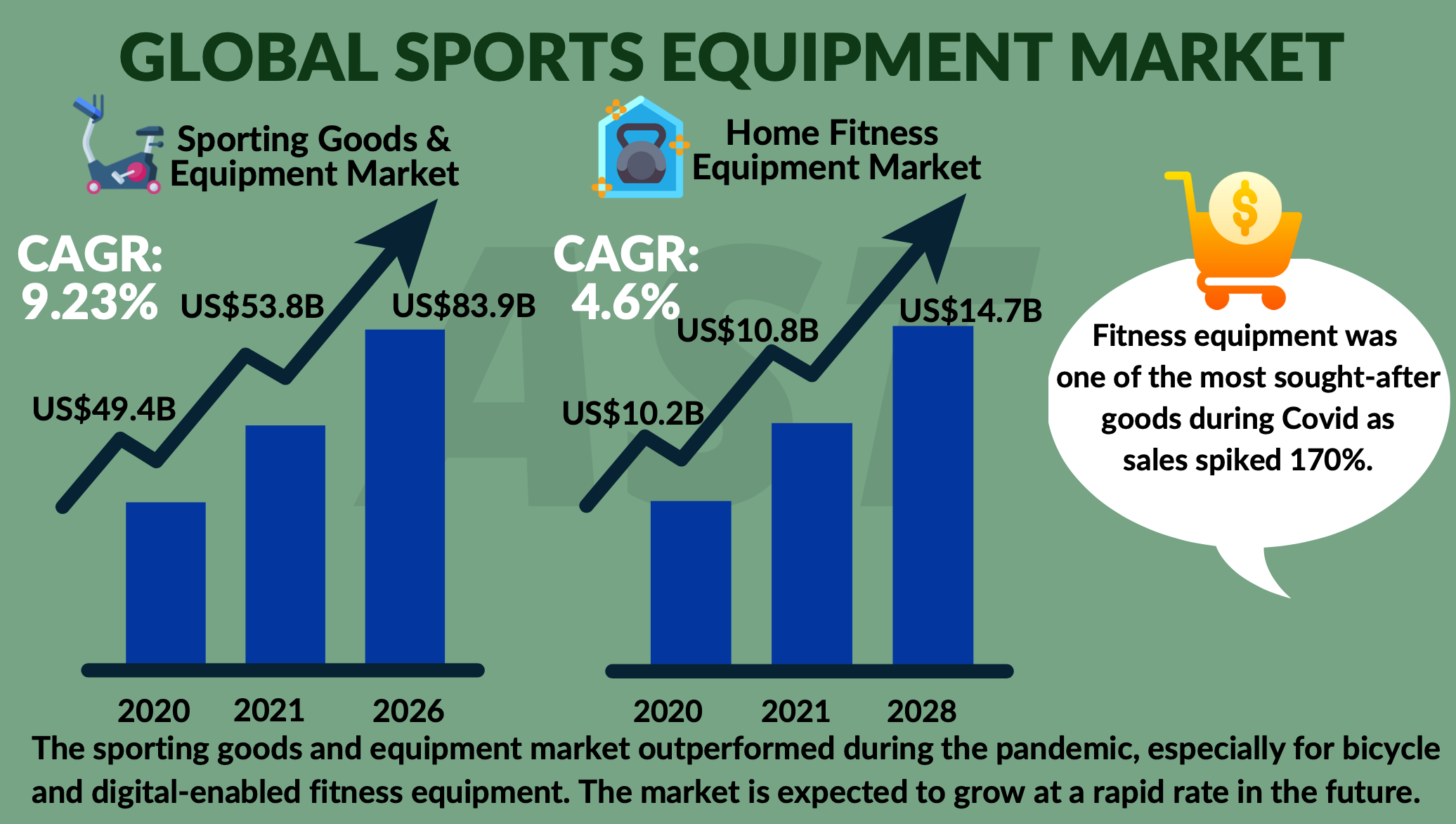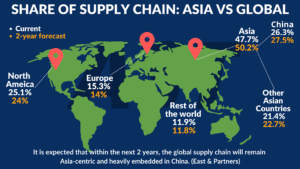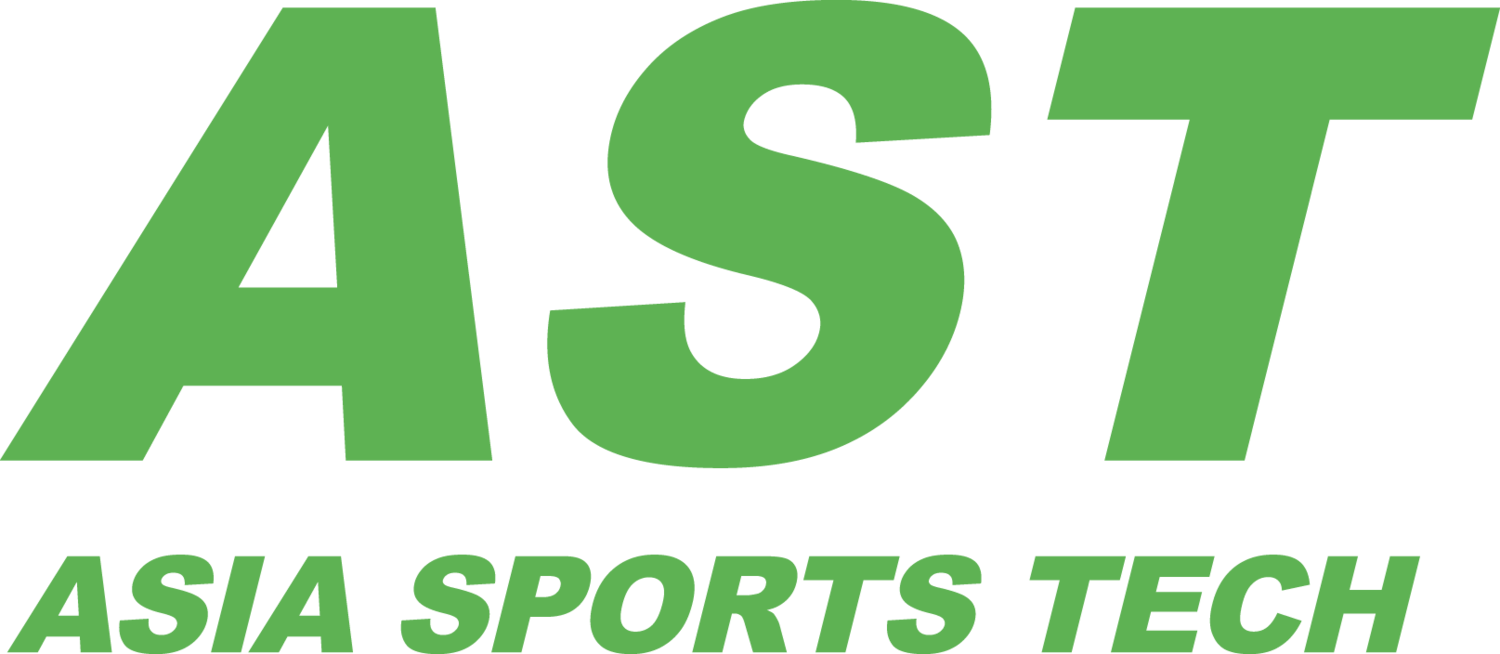
Surging demand for fitness equipment during Covid triggers supply chain challenges
During Covid-19 the closure of factories, the slowdown of global exports and the disruption of traditional logistic and shipping patterns, taught us that using highly Asia-centric centralized sports equipment supply chains can cause a business to get heavily disrupted. In addition, with the high growth in demand for sports and fitness goods it is clear that having an agile supply chain in Asia is critical to satisfy consumers’ demands. This article will explore what has caused the disruption to the supply chain, particularly in Asia, and what are some recommended solutions.
Most industries have been heavily disrupted during Covid, yet the sports and fitness equipment market was an exception, as sports and home fitness equipment has become one of the most sought-after commodities in the world. According to McKinsey, the industry has outperformed as the year progressed, with sports equipment makers, particularly bicycle and digitally enabled fitness equipment doing especially well with YOY sales growth of over 170% during the pandemic according to Business Wire.
This has resulted in supply chain shortages and companies have struggled to keep up with the massive demand. For example, Peloton, a connected indoor-fitness platform featuring bikes and treadmills, saw sales surge 66%, with over 866,000 new subscribers that made purchases in Q1 2020 still took anywhere between 6 to 10 weeks from order to delivery. And the situation for other leading sports and fitness equipment brands has become even more dire with delivery delays of up to 12 months.
The Global Sporting Goods & Equipment Market size was estimated at US$49.4 billion in 2020, is expected to reach US$53.8 billion in 2021, and will reach US$83.9 billion by 2026 at a CAGR of 9.23% as stated in a Sporting Goods & Equipment Market Research Report. Meanwhile, ‘Fortune Business Insights’ report, “Home Fitness Equipment Market, 2021-2028, also indicated that the market size is projected to grow from US$10.2 billion in 2020 to US$10.8 billion in 2021 and US$14.7 billion in 2028 at a CAGR of 4.6%. As both the sporting goods and fitness equipment markets are expected to grow rapidly, it is even more critical to have a strong and de-risked supply chain and this will remain a challenge for companies in the coming years that needs to be addressed.

The underlying risk of over-dependence on a single region or supplier
Experience has shown that lockdowns and logistics disruptions are not only very likely to happen, but also have critical consequences and can happen repeatedly, especially in Asia where a dense concentration of factories in regions like Vietnam or South China can be shut down from one day to another based on sanitary regulations. Following the basic principle of risk analysis, based on criticality and probability evaluation of a risk to occur, there is an obvious need for risk mitigation in a company’s supply chain manufacturing and logistics.
Following the same logic, in Asia, the raw materials supply needs to be mitigated, due to challenges including increasing labor wages, the cost of holding buffer inventory, government subsidies, and taxes and tariffs on semi-finished or assembled goods. Securing a sustainable and robust supply of products is no longer a simple problem, it has to be analyzed, mitigated and optimized.

Adopting “Industry 4.0” to supply chain optimization
Innovation in the sporting goods and fitness equipment markets has always been a challenge, for both big brands and smaller brands. It is by definition unnatural to innovate as it requires inspiration, time, open-mindedness and creativity to successfully conceptualize and industrialize innovative solutions. Leveraging local ecosystems of startups, incubators, SMEs and R&D centers is even more difficult when CTOs or CIOs cannot travel and evaluate innovation initiatives and supply overseas, such as during the pandemic, presents a challenging goal to reach-target end users as quickly as possible and on time.
Theoretically, a fully digitized supply chain and network can make things easier. However, the choice of the most adapted solution and more importantly its actual implementation is the real obstacle. And then, as if the things were not complicated enough, what to do with data? At the end of the day, the real goal of Industry 4.0 is to leverage innovation and technology to digitize, automate, and ultimately OPTIMIZE (produce better products better).
Traditionally in Asia, the traction for sporting goods resulted in additional manufacturing capacity and investing in additional resources such as equipment & labor, versus optimization of existing supply chains and manufacturing tools. However, due to the pandemic, increased demand for sports and fitness equipment and less optimization of the supply chain, it is even more critical for brands to optimize and de-risk the production process.
What’s the best practice for supply chain optimization in Asia?
It takes time to fully adopt the industry 4.0 model and the process can vary among factories. This is even more challenging in the sports goods industry, where you need to produce new shoes 2 times per year, where innovative fitness products are booming, where the (e-) bike orders are huge, and where it is challenging to define an adapted and realistic 5-year roadmap for industrial transformation. Given the current situation with Covid disrupting supply chains and increasing supply demands, my key recommendation is that it is critical to start the journey now and go beyond “only” digitization and automation to reach the goal of OPTIMIZATION. By taking this path companies will de-risk their supply chain and be in a strong position to leverage the coming introduction of exciting new technologies and the accelerated demand for innovative sporting goods and fitness equipment in the years to come.
A well-designed supply chain solution is crucial to your business growth. Yet, optimization can be applied on different levels for different applications, from assessments, simple fixes, all the way to automation and digitization of a network of factories.
AST and our subject matter expert Thibaud Brunel are working together to spread this vision of Optimization in the sporting goods and fitness industry by proposing Asia based supply chain solutions to clients including, surveying, recommending and implementing innovative solutions in the sports tech sector across Asia.
Learn more about how to manage the complexity of the Asian supply chain: Let’s Connect
(This article is in collaboration with AST’s subject matter expert Thibaud Brunel)






